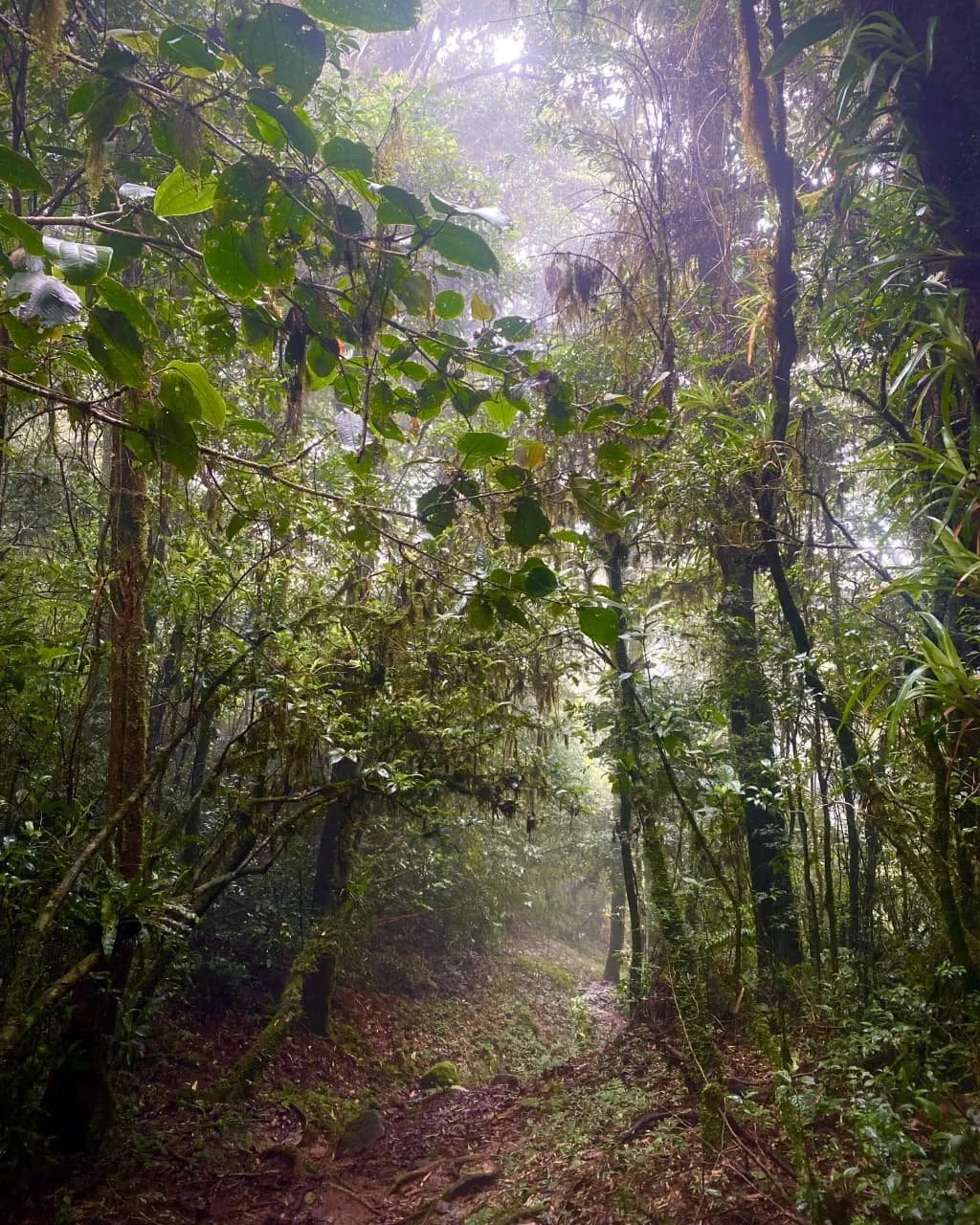Panama is one of the most biologically diverse countries in the world, and much of that richness is owed to its rainforests. Straddling the narrow land bridge between North and South America, Panama’s forests serve as a meeting point for species from both continents. From dense lowland jungles to misty cloud forests, these ecosystems are home to thousands of plant and animal species, many found nowhere else on Earth. For travelers, the rainforests of Panama are not just green backdrops but living, breathing environments that can be hiked, studied, and admired in countless ways.
There are several distinct kinds of rainforests in Panama, each shaped by altitude, rainfall, and geography. The lowland tropical rainforests dominate areas near sea level, such as those in Darién National Park and Soberanía National Park near the Panama Canal. These forests are hot, humid, and teeming with wildlife like toucans, sloths, jaguars, and poison dart frogs. They are the classic “jungle” that comes to mind when people imagine Central America, with towering ceiba trees and vines twisting into an impenetrable canopy.
At higher elevations, the montane rainforests or cloud forests take over, where cooler temperatures and constant mist create a completely different environment. The canopy here is draped in mosses, orchids, and bromeliads, while streams cut through the landscape with crystalline water. These cloud forests are found in areas like Boquete, El Valle de Antón, and the Fortuna Forest Reserve. They are home to some of Panama’s most elusive species, such as the resplendent quetzal, glass frogs, and a variety of rare orchids.
In between these extremes, Panama also has transitional rainforests, which blend characteristics of lowland and highland ecosystems. These areas are rich in biodiversity and often serve as corridors for wildlife moving between different altitudes. Because Panama is relatively small but mountainous, you can drive a short distance and move between entirely different forest types—something that makes the country a paradise for ecotourists and scientists alike.
One of the most fascinating rainforest areas in the country is the Fortuna Forest Reserve, located along the Continental Divide in Chiriquí Province. This reserve protects a vast swath of cloud forest, montane rainforest, and transitional zones, making it a hotspot for biodiversity. The reserve is crucial for watershed protection, as its rivers supply hydroelectric energy and fresh water to large parts of western Panama. At the same time, it shelters species found nowhere else, including rare amphibians and highland birds that thrive only in misty cloud conditions.
The Lost and Found Hostel, perched within the Fortuna Forest Reserve, offers travelers a rare chance to immerse themselves directly into this ecosystem. Unlike many hostels, it’s not just a place to sleep—it’s an eco-adventure hub. From its trails, visitors can encounter white-faced capuchin monkeys, and even kinkajous wandering the trees at night. The elevated position of the hostel also provides sweeping views of Volcán Barú and the surrounding rainforest valleys, especially magical at sunrise and sunset. It is one of the few places in Panama where budget travelers can stay right inside a protected rainforest.
What sets the Fortuna area apart is the sheer variety of microclimates packed into a relatively small space. Because the reserve lies on the Continental Divide, clouds rolling in from the Caribbean meet drier air from the Pacific, creating dynamic weather patterns. This results in unusual flora, such as moss-covered oaks mixed with tropical palms, and fauna that thrive only in this rare overlap of ecosystems. Scientists have long studied the reserve to understand how Panama’s mountain forests act as a living laboratory for evolution and climate resilience.
Another interesting fact is that Panama’s cloud forests, like those in Fortuna, are sometimes called “water factories.” The thick vegetation and constant mist trap moisture, feeding rivers and underground aquifers that communities rely on far below. In this sense, protecting highland rainforests is as much about human survival as it is about wildlife conservation. Every hiker who walks Fortuna’s trails is stepping through a forest that quietly sustains life far beyond its borders.
Visitors should also know that the rainforests of Panama are some of the most accessible in Latin America. You don’t need to travel for days to reach them—Soberanía National Park is just 30 minutes from Panama City, and Fortuna can be reached in a few hours by bus from David or Bocas del Toro. Yet despite this accessibility, the forests remain largely wild, offering an authentic jungle experience without heavy development. The Lost and Found Hostel exemplifies this balance, giving travelers a base in the wilderness without disturbing the environment.
Ultimately, the rainforests of Panama are more than just tourist attractions—they are ecological treasures that connect two oceans, two continents, and countless species. From the howler monkey’s dawn chorus in the lowlands to the quetzal’s silent glide through the cloud forests, Panama’s rainforests offer an unparalleled sensory experience. In the Fortuna Forest Reserve, especially at the Lost and Found Hostel, travelers can witness this magic firsthand while learning the importance of preserving these ecosystems for future generations. The diversity of Panama’s rainforests ensures that every visit is different, but each leaves an impression of wonder, respect, and connection to the natural world.

